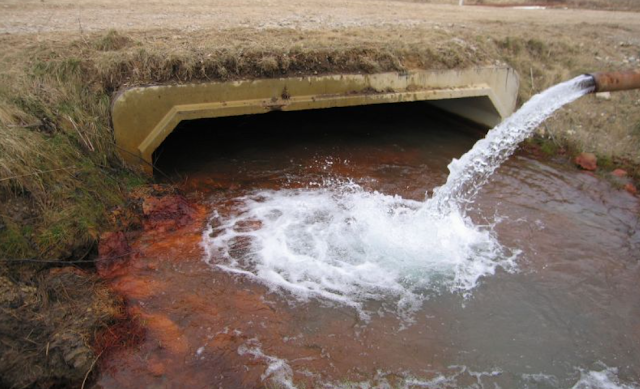Water Quality
Understanding Water Quality: Factors Affecting the Safety and Purity of Our Freshwater Resources-Water is a vital resource that we all depend on for survival. However, not all water is created equal. The quality of our freshwater resources can be affected by a variety of factors, including chemical and biological pollutants. In this article, we will explore the different factors that influence water quality, as well as the methods used to test and improve the safety and purity of our water sources.
Factors Affecting Water Quality
There are several factors that can impact the quality of our freshwater resources. Here are some of the most common ones:Chemical Pollutants
Chemical pollutants are substances that are released into the environment as a result of human activity. Some common examples of chemical pollutants include pesticides, herbicides, fertilizers, and industrial chemicals. These pollutants can leach into the groundwater or run off into streams and rivers, contaminating our water sources.Biological Pollutants
Biological pollutants are microorganisms that can be harmful to human health. They can enter our water sources through animal waste or sewage. Some examples of biological pollutants include bacteria, viruses, and parasites.Natural Contaminants
Natural contaminants can also affect the quality of our water sources. For example, minerals such as iron and manganese can make water taste and smell unpleasant. In some areas, naturally occurring arsenic and radon can also be a concern.Temperature
The temperature of our water sources can also impact water quality. Warmer water can lead to the growth of harmful bacteria and other microorganisms, while colder water can slow down the natural breakdown of pollutants.Testing and Improving Water Quality
In order to ensure the safety and purity of our freshwater resources, regular testing and treatment are necessary. Here are some of the methods used to test and improve water quality:Water Sampling
Water sampling involves taking samples of water from different sources, such as wells or streams, and analyzing them for contaminants. This can help identify potential sources of pollution and determine the best course of action for treatment.Filtration
Filtration is a method of removing impurities from water. This can be done through physical filtration, such as using a screen or filter, or through chemical filtration, such as using activated carbon.Disinfection
Disinfection is the process of killing harmful microorganisms in water. This can be done through the use of chemicals such as chlorine or ozone, or through physical methods such as ultraviolet radiation.Public Education
Public education is also an important aspect of improving water quality. By educating the public about the importance of protecting our water sources and how to do so, we can help prevent pollution and ensure the long-term safety and purity of our freshwater resources.FAQs
- How can I tell if my water is safe to drink?
The best way to determine if your water is safe to drink is to have it tested by a certified laboratory. You can contact your local health department or water utility for more information. - How can I protect my local water sources?
You can help protect your local water sources by reducing your use of chemicals such as pesticides and fertilizers, properly disposing of hazardous waste, and conserving water. - What are some common waterborne illnesses?
Some common waterborne illnesses include giardiasis, cryptosporidiosis, and E. coli infections. - Can water quality be improved?
Yes, water quality can be improved through a variety of methods, including filtration, disinfection, and public education. - What can I do to help improve water quality?
You can help improve water quality by being mindful of your water usage, properly disposing of hazardous waste, and supporting efforts to Bacteria and other microorganisms can also be a major factor in water quality. Water can become contaminated with bacteria from human or animal waste, as well as from sewage or septic system overflow. In addition, harmful algal blooms (HABs) can occur when certain types of algae grow rapidly, often due to excessive nutrients in the water.
So, what can you do to help improve water quality? There are several steps you can take to make a difference. First and foremost, be mindful of your water usage. Try to conserve water whenever possible, and avoid letting harmful chemicals or pollutants enter the water supply. Properly dispose of hazardous waste, such as batteries and electronics, rather than throwing them in the trash where they can leach harmful chemicals into the groundwater.
You can also support efforts to improve water quality by getting involved in local conservation organizations and advocating for policies that protect our water resources. Additionally, be sure to properly maintain your septic system, as septic system leaks can lead to groundwater contamination.
In conclusion, water quality is a critical issue that affects us all. By understanding the factors that influence water quality and taking steps to protect and conserve our freshwater resources, we can ensure that future generations have access to safe, clean water. So, let's work together to make a positive impact on the health of our planet and its precious water resources.

